Editor's Picks
Articles
Latest
Most Viewed
Most Downloaded
Most Cited
Open Access
Case Report
Multimodal physical therapy intervention based on a biobehavioral approach in a patient with chronic upper limb pain: a case report
Fernando-Balbino Blanco-Fernández ... Mónica Grande-Alonso
Published: April 26, 2025 Explor Neuroprot Ther. 2025;5:1004102
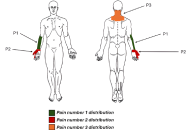
Open Access
Review
Therapeutic effect of erythropoietin and its derivatives in the treatment of acute ischemic stroke
Ramón Rama, Joan Ramon Torrella
Published: April 24, 2025 Explor Neuroprot Ther. 2025;5:1004101
This article belongs to the special issue Interdisciplinary Approach to Therapeutic Strategies of Neuroprotection in Present and Future
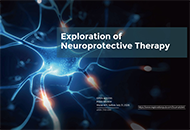
Open Access
Review
Role of dopamine receptor heteromerization in preclinical models of addiction and other psychiatric disorders
Adèle Vilette ... Peter Vanhoutte
Published: April 01, 2025 Explor Neuroprot Ther. 2025;5:1004100
This article belongs to the special issue GPCR Heteroreceptor Complexes as Key Players in Neuroprotection
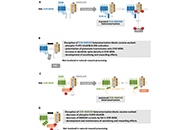
Open Access
Original Article
Neurophysiological findings in Attention Deficit Hyperactivity Disorder, a Pandora’s box with therapeutic implications
Montserrat Gerez-Malo ... Carlos Acosta
Published: March 30, 2025 Explor Neuroprot Ther. 2025;5:100499
This article belongs to the special issue Advances in the Pathogenesis, Diagnosis and Treatment of Attention Deficit Hyperactivity Disorder
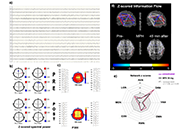
Open Access
Review
Multilayered neuroprotection by cannabinoids in neurodegenerative diseases
Ahmed Hasbi, Susan R. George
Published: March 09, 2025 Explor Neuroprot Ther. 2025;5:100498
This article belongs to the special issue GPCR Heteroreceptor Complexes as Key Players in Neuroprotection
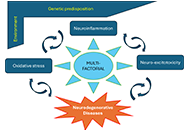
Open Access
Original Article
CE(20:4) and CE(22:5) cholesteryl ester levels are elevated in the plasma of Alzheimer’s disease patients with ε3/ε4 genotype
Eleonora Stefanini ... Rafael Franco
Published: February 24, 2025 Explor Neuroprot Ther. 2025;5:100497
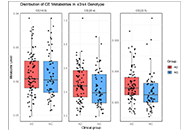
Open Access
Review
Balancing cholesterol in the brain: from synthesis to disposal
Lydia Qian ... Andrew J. Brown
Published: January 05, 2022 Explor Neuroprot Ther. 2022;2:1–27
This article belongs to the special issue Cholesterol Dyshomeostasis in Neurological Diseases
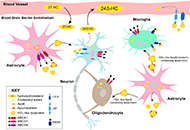
Open Access
Review
Biomarkers in small fiber neuropathy
Amanda C. Y. Chan ... Joy Vijayan
Published: December 30, 2022 Explor Neuroprot Ther. 2022;2:264–283
This article belongs to the special issue The Future of Biomarkers in CNS Diseases
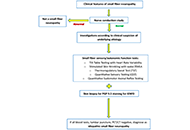
Open Access
Review
Resolving a paradox: antidepressants, neuroinflammation, and neurodegeneration
Ravi Philip Rajkumar
Published: February 23, 2024 Explor Neuroprot Ther. 2024;4:11–37
This article belongs to the special issue Neuro-Inflammation as a Target in the Design of Multifunctional Drug Candidates for Neurodegenerative Diseases
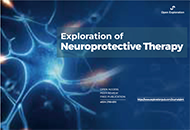
Open Access
Review
Striking a balance: PIP2 and PIP3 signaling in neuronal health and disease
Kamran Tariq, Bryan W. Luikart
Published: October 29, 2021 Explor Neuroprot Ther. 2021;1:86–110
This article belongs to the special issue Cholesterol Dyshomeostasis in Neurological Diseases
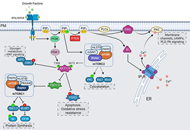
Open Access
Review
Pathophysiology of non-motor signs in Parkinson’s disease: some recent updating with brief presentation
Khaled Radad ... Wolf-Dieter Rausch
Published: February 27, 2023 Explor Neuroprot Ther. 2023;3:24–46
This article belongs to the special issue Parkinsons Disease: Principal Targets and Interventional Mechanisms
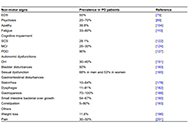
Open Access
Systematic Review
Various facets of excitotoxicity
Talita Glaser ... Henning Ulrich
Published: February 23, 2022 Explor Neuroprot Ther. 2022;2:36–64
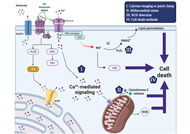
Open Access
Perspective
Gut microbiota could modulate the effects of neuro-immune responses and memory traces via the gut-brain-immune axis in schizophrenia
Haruka Sawamura ... Satoru Matsuda
Published: April 24, 2022 Explor Neuroprot Ther. 2022;2:74–86
This article belongs to the special issue Intervention of Neuroimmune Responses
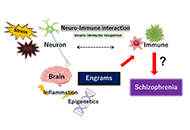
Open Access
Review
Balancing cholesterol in the brain: from synthesis to disposal
Lydia Qian ... Andrew J. Brown
Published: January 05, 2022 Explor Neuroprot Ther. 2022;2:1–27
This article belongs to the special issue Cholesterol Dyshomeostasis in Neurological Diseases

Open Access
Review
Striking a balance: PIP2 and PIP3 signaling in neuronal health and disease
Kamran Tariq, Bryan W. Luikart
Published: October 29, 2021 Explor Neuroprot Ther. 2021;1:86–110
This article belongs to the special issue Cholesterol Dyshomeostasis in Neurological Diseases

Open Access
Review
Neurological complications during HIV infection
Jose M. Martinez-Navio
Published: August 05, 2021 Explor Neuroprot Ther. 2021;1:19–32
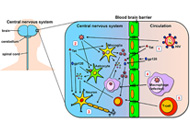
Open Access
Review
Pathophysiology of non-motor signs in Parkinson’s disease: some recent updating with brief presentation
Khaled Radad ... Wolf-Dieter Rausch
Published: February 27, 2023 Explor Neuroprot Ther. 2023;3:24–46
This article belongs to the special issue Parkinsons Disease: Principal Targets and Interventional Mechanisms

Open Access
Review
Therapeutic potential of the cannabinoid receptor 2 in neuropsychiatry
María S. García-Gutiérrez ... Jorge Manzanares
Published: August 05, 2021 Explor Neuroprot Ther. 2021;1:55–71
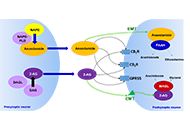
Open Access
Review
Striking a balance: PIP2 and PIP3 signaling in neuronal health and disease
Kamran Tariq, Bryan W. Luikart
Published: October 29, 2021 Explor Neuroprot Ther. 2021;1:86–110
This article belongs to the special issue Cholesterol Dyshomeostasis in Neurological Diseases

Open Access
Review
Pathophysiology of non-motor signs in Parkinson’s disease: some recent updating with brief presentation
Khaled Radad ... Wolf-Dieter Rausch
Published: February 27, 2023 Explor Neuroprot Ther. 2023;3:24–46
This article belongs to the special issue Parkinsons Disease: Principal Targets and Interventional Mechanisms

Open Access
Review
Blocking cholesterol storage to treat Alzheimer’s disease
Ta Yuan Chang ... James G. Gow
Published: December 30, 2021 Explor Neuroprot Ther. 2021;1:173–184
This article belongs to the special issue Cholesterol Dyshomeostasis in Neurological Diseases
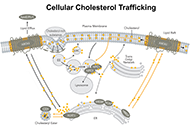
Open Access
Review
Advancing diagnosis and treatment of Niemann-Pick C disease through biomarker discovery
Xuntian Jiang, Daniel S. Ory
Published: December 30, 2021 Explor Neuroprot Ther. 2021;1:146–158
This article belongs to the special issue Cholesterol Dyshomeostasis in Neurological Diseases
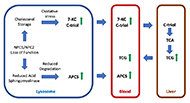
Open Access
Review
Biomarkers in neurodegenerative diseases: a broad overview
Sathish Selvam, Velpandi Ayyavoo
Published: April 16, 2024 Explor Neuroprot Ther. 2024;4:119–147
This article belongs to the special issue The Future of Biomarkers in CNS Diseases
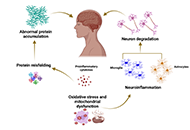
Open Access
Review
Balancing cholesterol in the brain: from synthesis to disposal
Lydia Qian ... Andrew J. Brown
Published: January 05, 2022 Explor Neuroprot Ther. 2022;2:1–27
This article belongs to the special issue Cholesterol Dyshomeostasis in Neurological Diseases

Special Issues
Ongoing Special lssues
Completed Special lssues
Breakthroughs in Mechanisms and Treatments for Neurodegenerative Diseases
Dr. Rong Ma Dr. Guoku Hu
August 31, 2025
Published Articles: 0
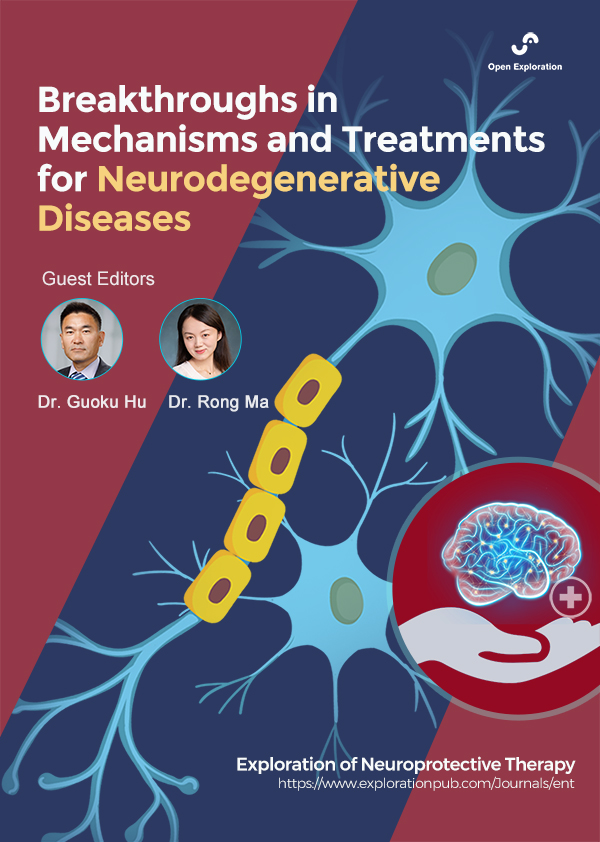
Advances in the Pathogenesis, Diagnosis and Treatment of Attention Deficit Hyperactivity Disorder
Dr. Michele Roccella Dr. Luigi Vetri
September 30, 2025
Published Articles: 1
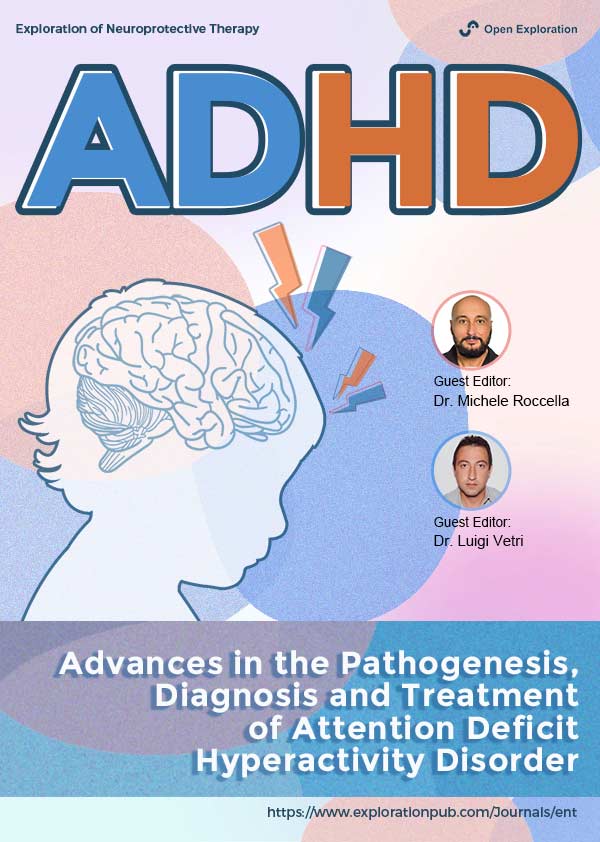
Interdisciplinary Approach to Therapeutic Strategies of Neuroprotection in Present and Future
Prof. Athanasios K. Petridis
October 05, 2025
Published Articles: 1
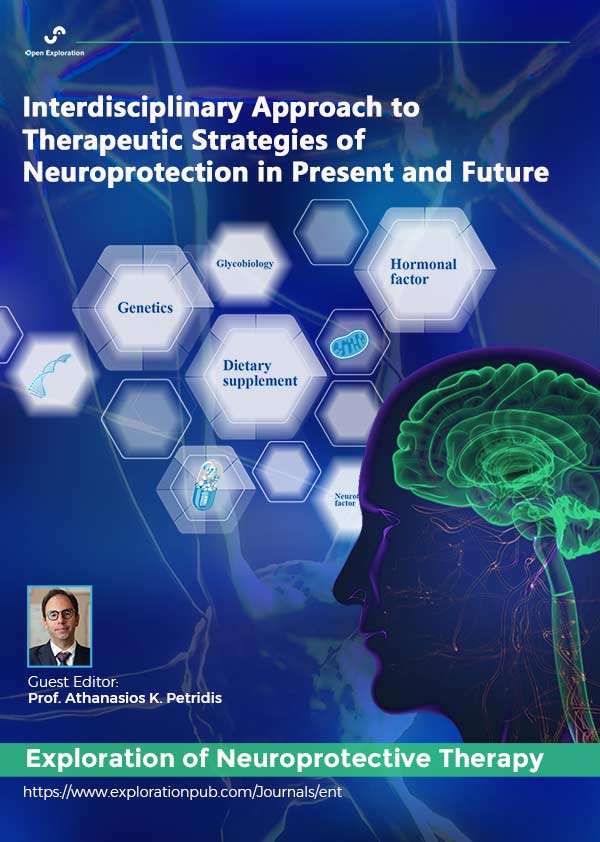
Marine Plant Natural Products for Neuroprotection
Prof. Leonel Pereira
September 30, 2025
Published Articles: 0
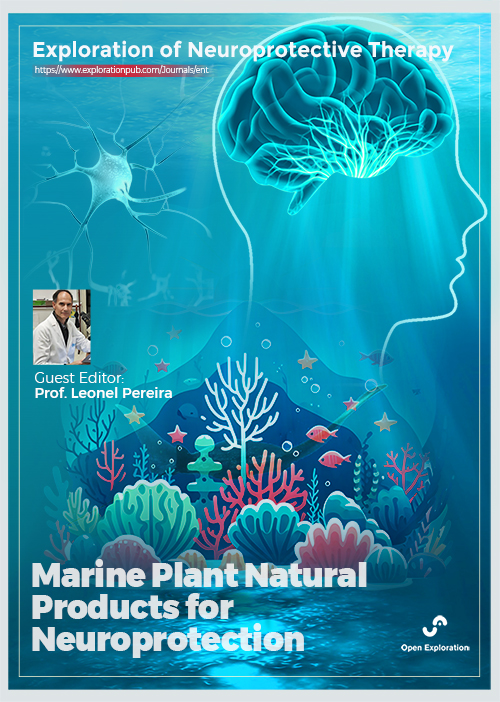
GPCR Heteroreceptor Complexes as Key Players in Neuroprotection
Dr. Dasiel O. Borroto Escuela
August 31, 2025
Published Articles: 4
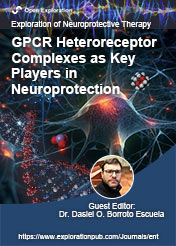
Defending the Brain and the Mind: Exploring Neuroprotective Therapies for Mental Health Disorders
Dr. Masaru Tanaka
March 31, 2025
Published Articles: 2
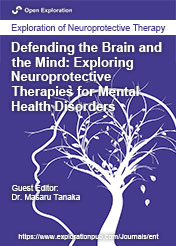
Neuro-Inflammation as a Target in the Design of Multifunctional Drug Candidates for Neurodegenerative Diseases
Prof. Claudio Viegas Jr. Prof. Arthur Eugen Kümmerle Prof. Vanessa Silva Gontijo
May 31, 2025
Published Articles: 2
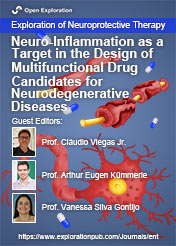
Therapeutic Targets for Neuroprotection in Ischemic Stroke
Dr. Silvia Fischer
August 31, 2025
Published Articles: 4
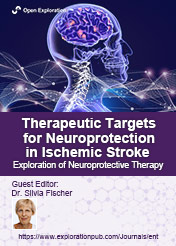
Empower Yourself - Physical Activity as Prevention and Rehabilitation of Neurological and Psychiatric Diseases
Dr. Manuel Zeitelhofer
September 30, 2025
Published Articles: 2

Natural Products in Neurotherapeutic Applications
Prof. Marcello Iriti
September 30, 2025
Published Articles: 2
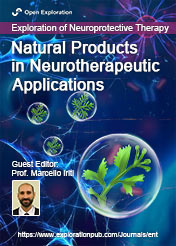
New Advances in Imaging Techniques for the Evaluation of Neurological Disorders
Prof. Valery V. Tuchin
September 30, 2025
Published Articles: 1
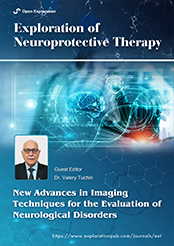
Role of the Monoaminergic Systems in the Pathogenesis and the Pathophysiology of Parkinson's Disease
Dr. Abdelhamid Benazzouz
August 30, 2025
Published Articles: 3
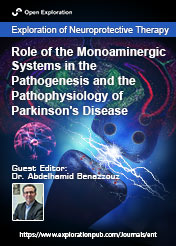
Parkinson's Disease: Principal Targets and Interventional Mechanisms
Prof. Mahesh Narayan
August 30, 2025
Published Articles: 4

Journal Information
Journal Metrics
Article Usage (total)
Views: 369,039
Downloads: 10,447



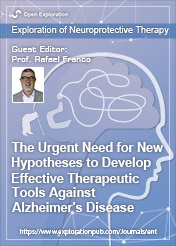
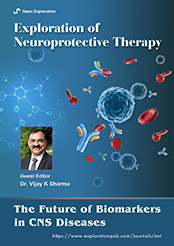
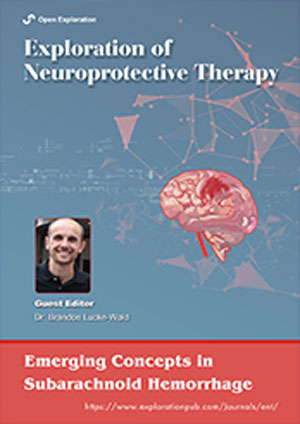
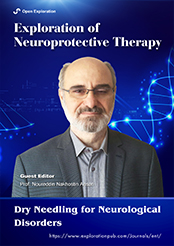
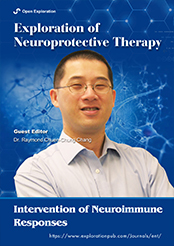
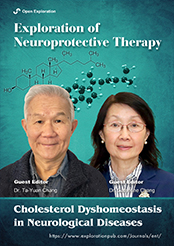
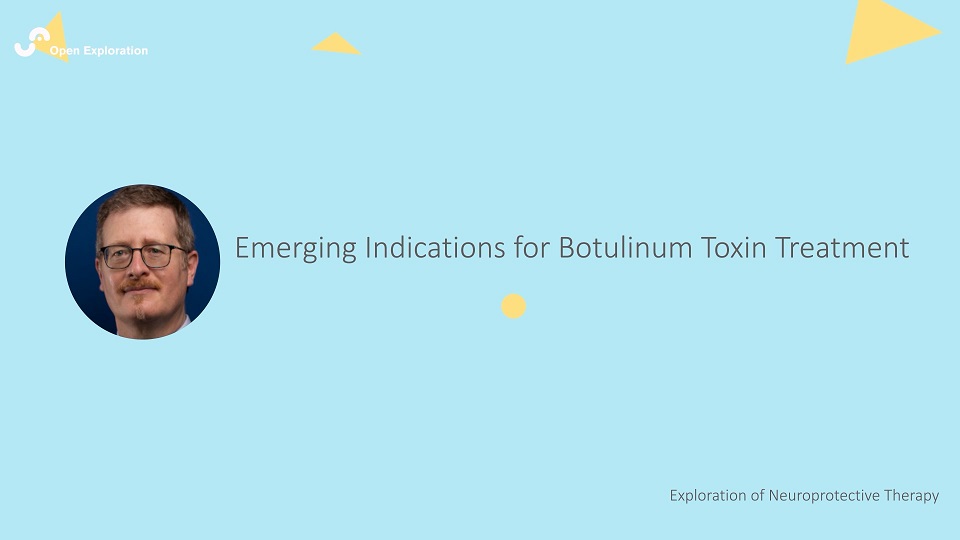








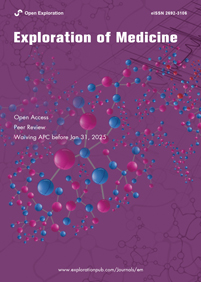
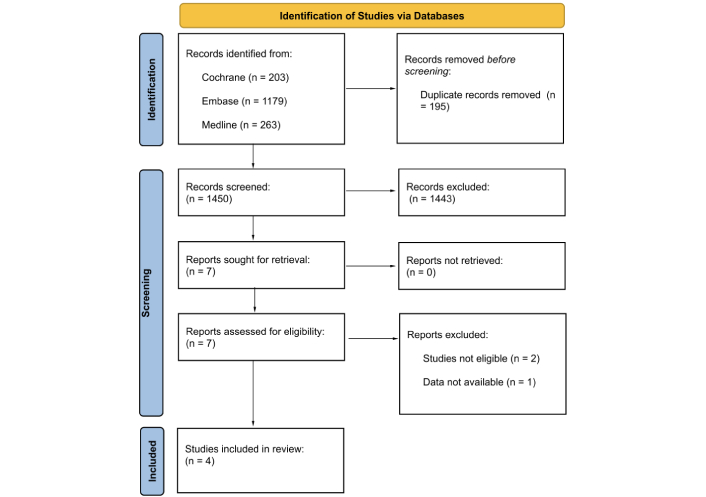 Title: Unravelling the interplaybetween #Harmattan wind andbaroreflex functions: implicationon environmental health andcardiovascular #pathophys
Title: Unravelling the interplaybetween #Harmattan wind andbaroreflex functions: implicationon environmental health andcardiovascular #pathophys


